Protecting Your Business: A Comprehensive Guide to Microsoft 365 Security
Understanding Microsoft 365 Security
In today's digital landscape, ensuring the security of your business data is more critical than ever. Microsoft 365 offers a robust suite of security features designed to protect your organization from potential threats. Understanding these features is the first step in safeguarding your business.

Microsoft 365 provides a comprehensive set of security tools that address multiple aspects of IT security, including identity and access management, threat protection, and information protection. By leveraging these tools, businesses can protect sensitive data and maintain compliance with industry regulations.
Identity and Access Management
One of the core components of Microsoft 365 security is identity and access management. This includes features like Azure Active Directory, which offers single sign-on capabilities, multifactor authentication, and conditional access policies. These tools help ensure that only authorized users can access your business data.
Implementing strong identity and access management protocols is crucial. It not only protects against unauthorized access but also enhances user experience by simplifying the login process.

Threat Protection
Microsoft 365 is equipped with advanced threat protection features. These include anti-phishing, anti-malware, and anti-spam filters that help defend against malicious attacks. Microsoft Defender for Office 365 is a key component, offering real-time protection and automated response capabilities.
By utilizing these tools, businesses can reduce the risk of data breaches and protect their networks from cyber threats. Regular updates and monitoring are essential to maintaining an effective defense strategy.

Information Protection
Protecting sensitive information is vital for any business. Microsoft 365 offers data loss prevention (DLP) policies, encryption, and rights management services. These features ensure that confidential information is accessed only by authorized personnel and is protected from accidental sharing.
DLP policies can be customized to meet specific business needs, helping to prevent data leaks and enforce compliance with regulatory requirements.
Best Practices for Implementing Microsoft 365 Security
Implementing Microsoft 365 security effectively requires a strategic approach. Here are some best practices:
- Regular Security Audits: Conduct regular audits to identify vulnerabilities and address them promptly.
- User Training: Educate employees about security protocols and best practices to minimize human error.
- Stay Updated: Regularly update software to protect against the latest threats.

By following these best practices, businesses can leverage Microsoft 365 to create a secure digital environment. As cyber threats continue to evolve, staying informed and proactive is essential to protecting your business assets.
